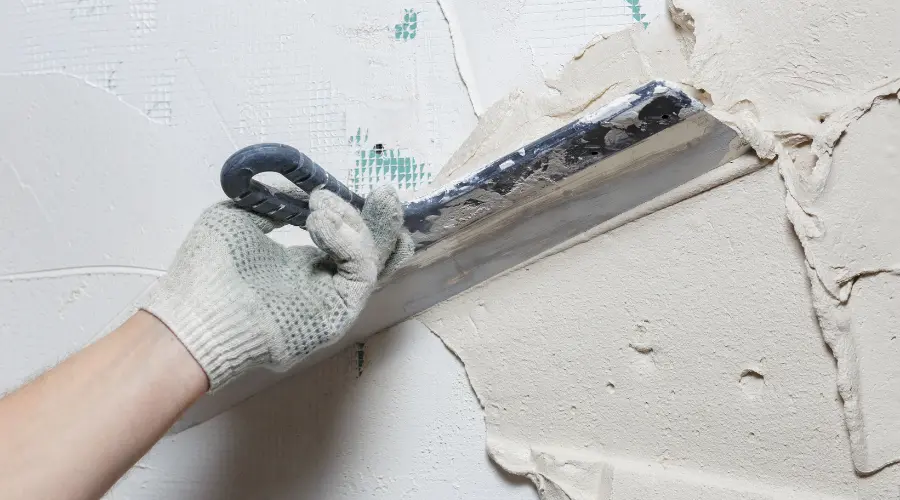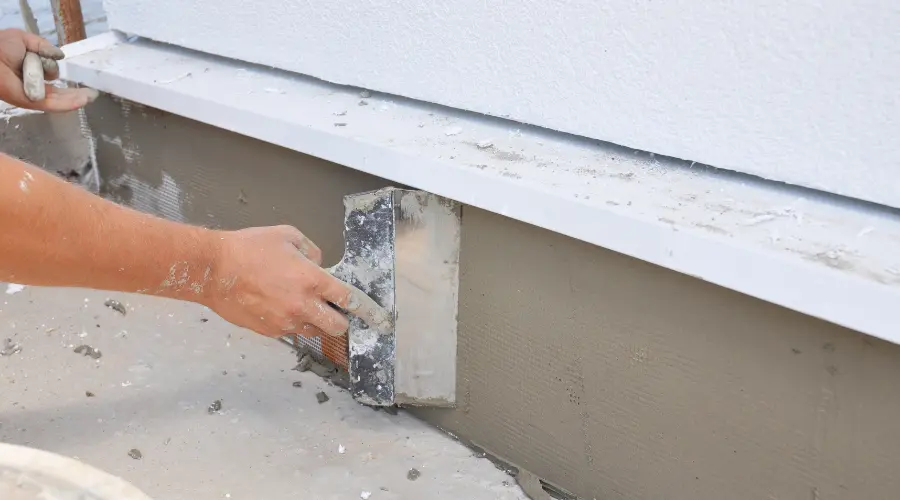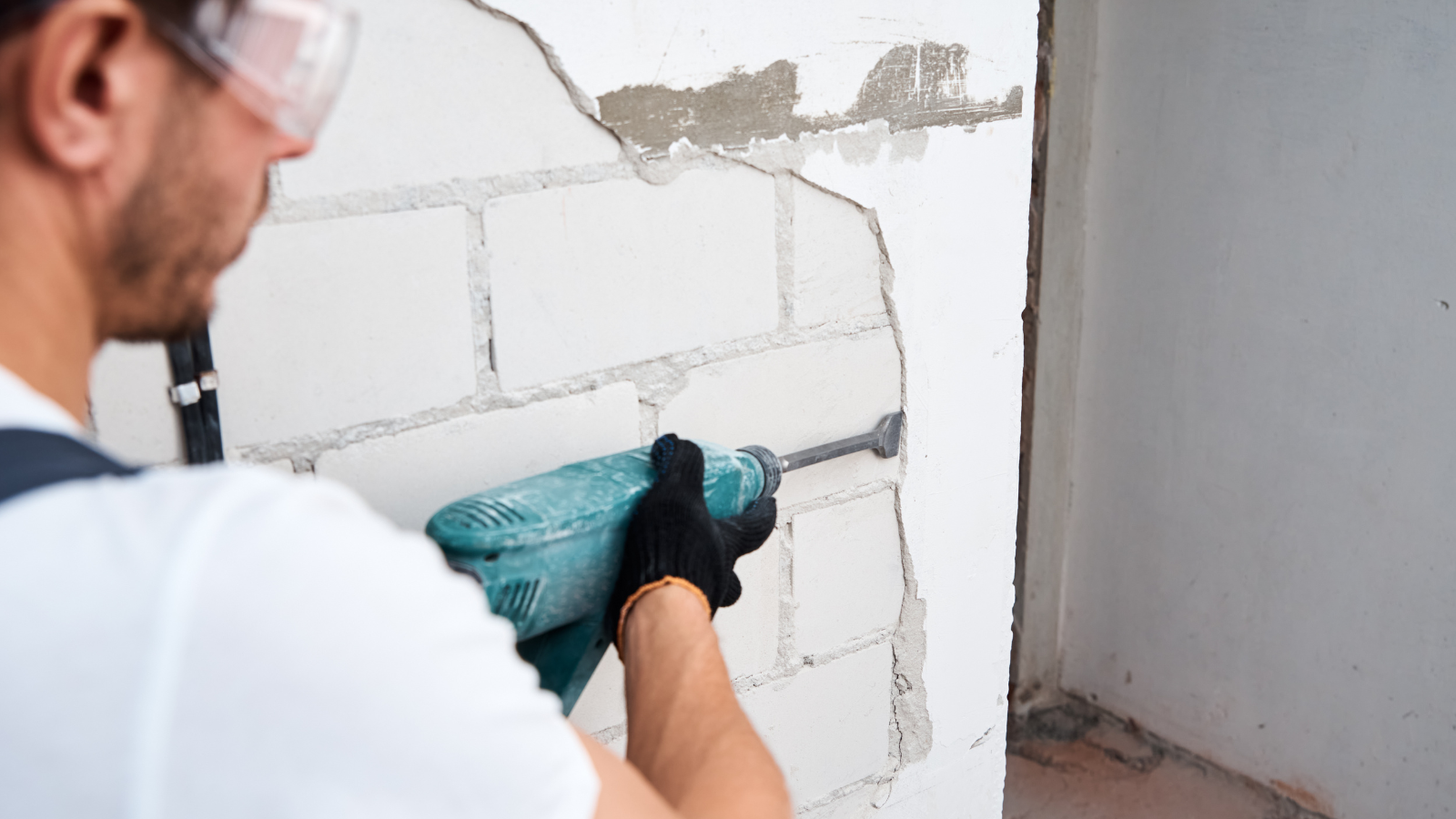One of the most frequent problems that homeowners have is patching stucco. It’s a challenging and drawn-out procedure.
In the following post, I go through the principles of restoring stucco.
Step 1: Examine your stucco to see whether it needs to be mended.
Stucco is made with a thin layer of sand and two coats of cement. This combination is blended with water to form a paste. It takes the shape of the mold it is placed into when it dries.
If your stucco begins to flake, you’ll need to scrape it off and apply a fresh layer.
You may patch up some peeling stucco rather than remove it.
If you’re wondering if you should need to repair your stucco.
Step 2: Remove the existing stucco.
Patching stucco frequently requires removing the old stucco and applying a fresh layer.
This is the most difficult part of the process since it involves removing the old stucco and replacing it with a new layer. This consists of the use of a variety of cutting tools as well as safety precautions.
Step 3: Install new stucco.
After removing the old stucco, it’s time to apply the fresh layer.
Typically, stucco is applied with a trowel. Trowels are only some of the most efficient tools for dealing with stucco, which is a tough material.
In other cases, a brush with robust bristles works well.
If you have a trowel, apply the stucco in the design of the original stucco. However, do not use a scoop on a wet surface.
Step 4: The stucco surrounding the doorway needs be restored.
It is critical to Throughout the repair process, keep an eye out for any possible door damage.
This could be accomplished by leaving a small space unfinished around the door and the fresh stucco around the walls and entrance.
After the newly applied stucco has dry, the little area near the door may be fixed.
Step 5: Reapply the sealant.
After wiping away the dust and dirt, reapply the sealant.
Most sealants need to be reapplied after a few weeks or months.
Step 6: Reapply the paint.
When painting a room, avoiding paint flaking off the walls is essential.
Apply a little paint sealant to the walls to stop the paint from peeling off them.
You might also use a little amount of paint to paint the wall. The wall must be completely dry for you to be able to perform this, however.
Step 7: Put the glue back on.
It is vital that the roof not be damaged if it leaks.
In order to keep water out On the walls and ceilings, use roof caulking.
Applying caulking in a variety of colors is fast and simple using a caulking gun.
Step 8: Clean up
You may now clean up after you’ve applied the caulking.
You may remove Using a large brush, remove all of the dust and debris. Then, using a damp towel, wipe away any remaining dust.
You may also use a vacuum cleaner to remove the loose dust and dirt.







